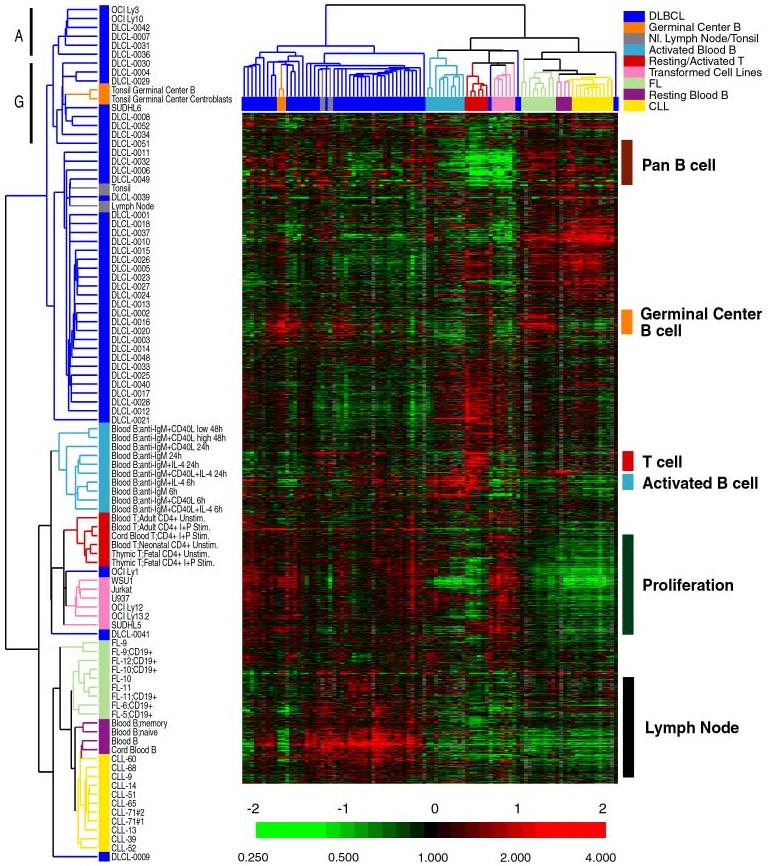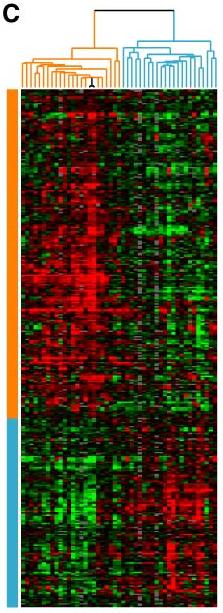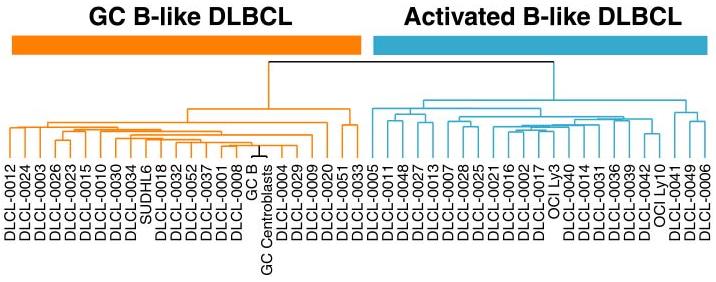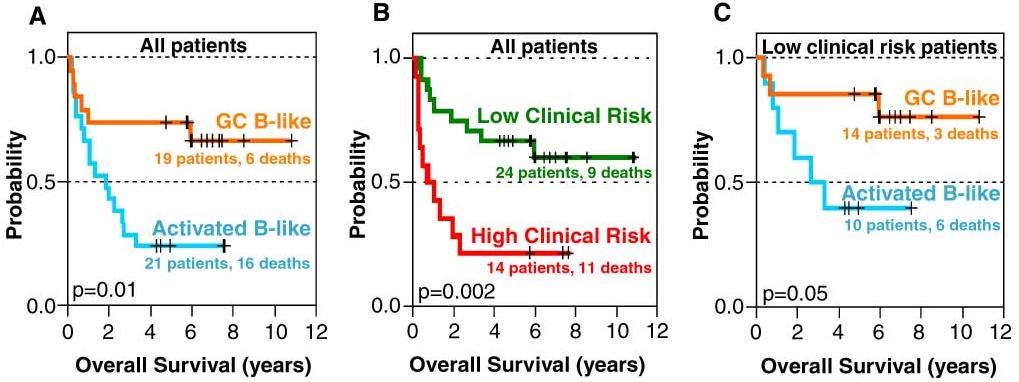Unknown Genes - "guilt by association"
Can we use DNA microarrays to predict cellular roles for "unknown genes"?
Guilt by association means if 3 out of four genes are known and the unknown one appears to be coordinately regulated, then perhaps the unknown gene has a related function.
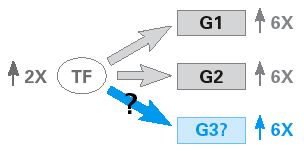
Two examples from DeRisi et al. diauxic shift paper:
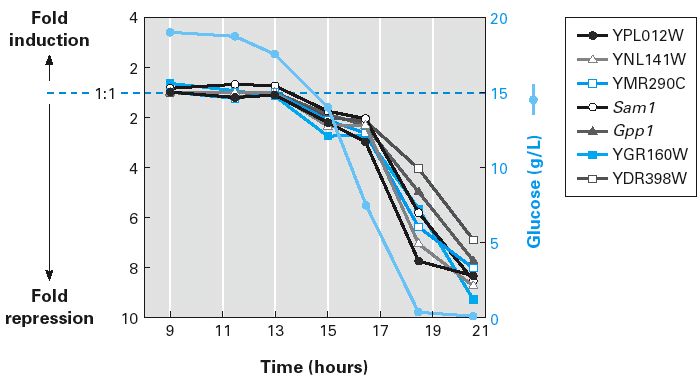
Seven Repressed Genes
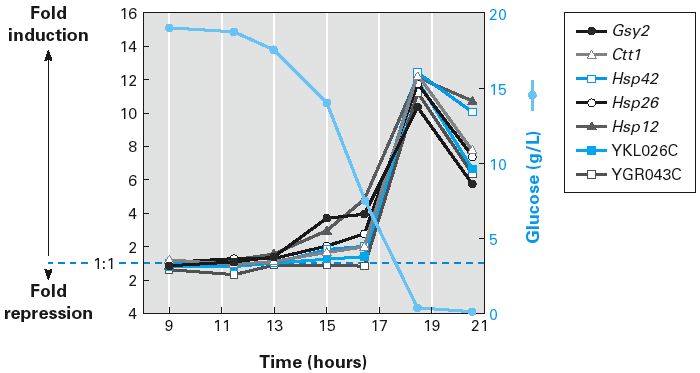
Seven Induced Genes
Potential for Improved Cancer Treatment with DNA Microarrays
Diffuse Large B-Cell Lymphoma (DLBCL)
- 25,000 new cases reported each year in the United States
- Fewer than half of DLBCL patients benefit from standard chemotherapy treatment.
